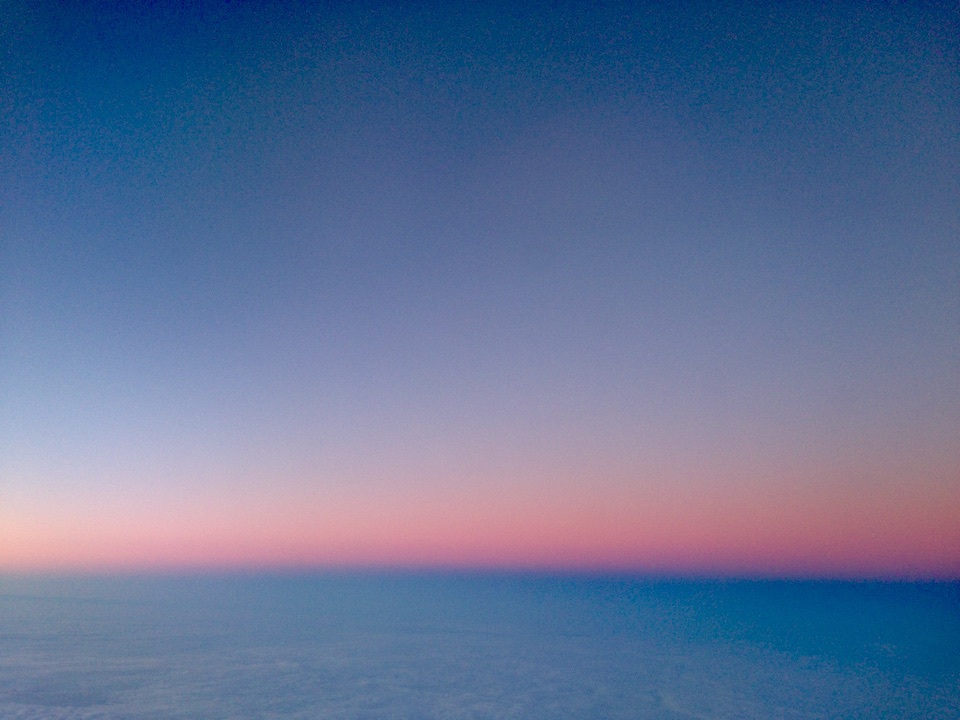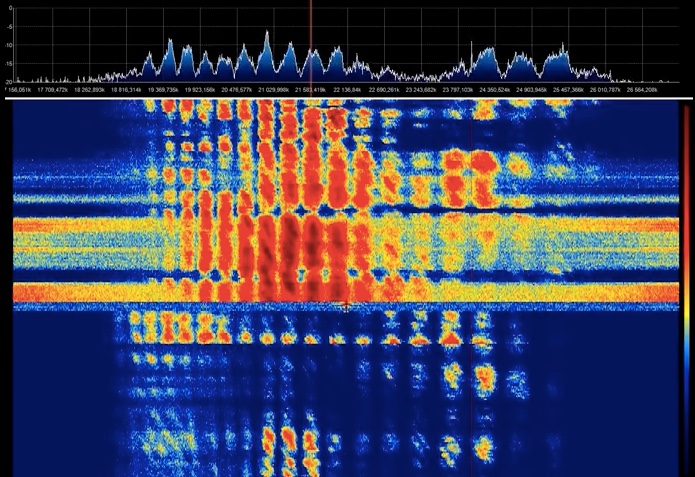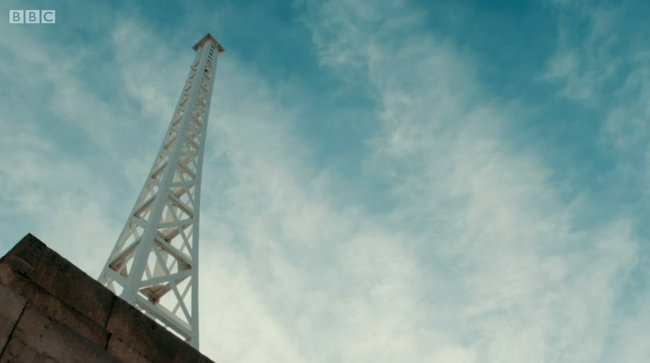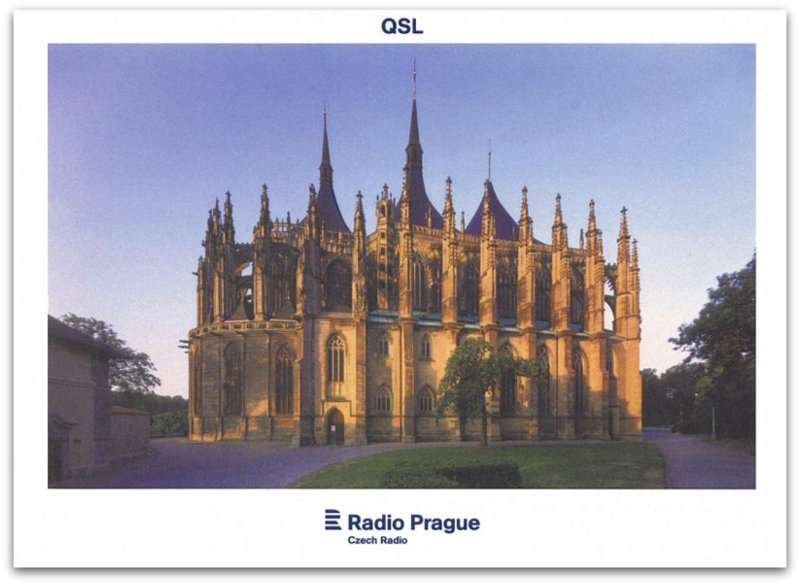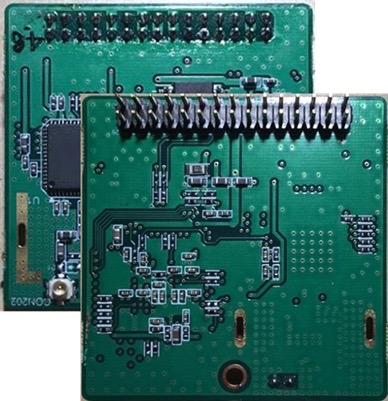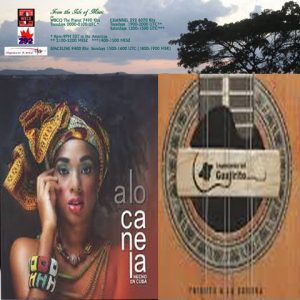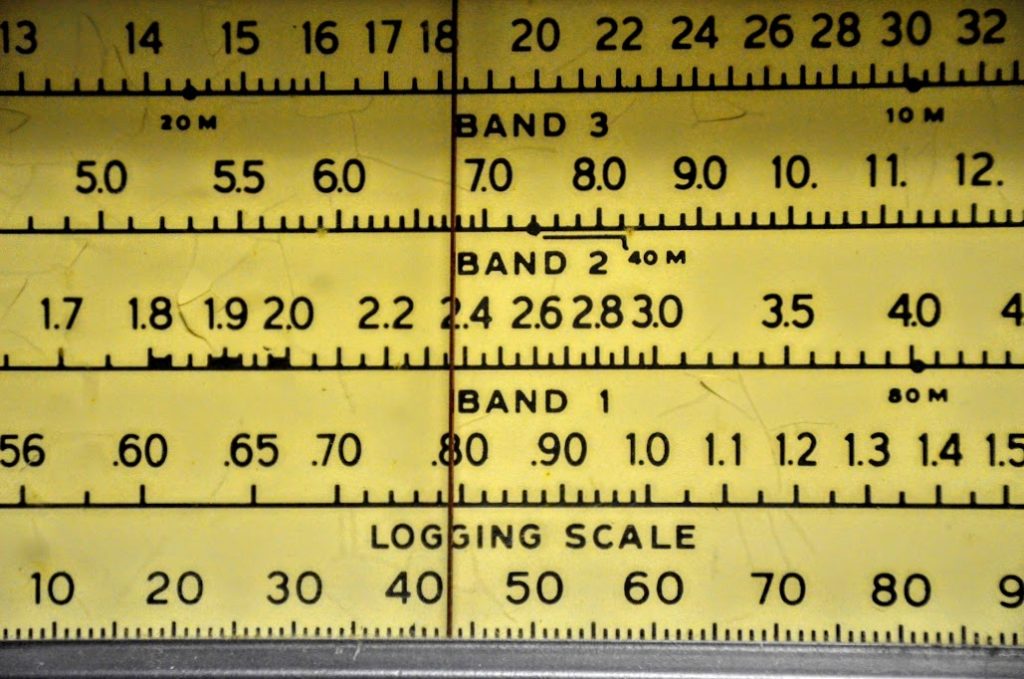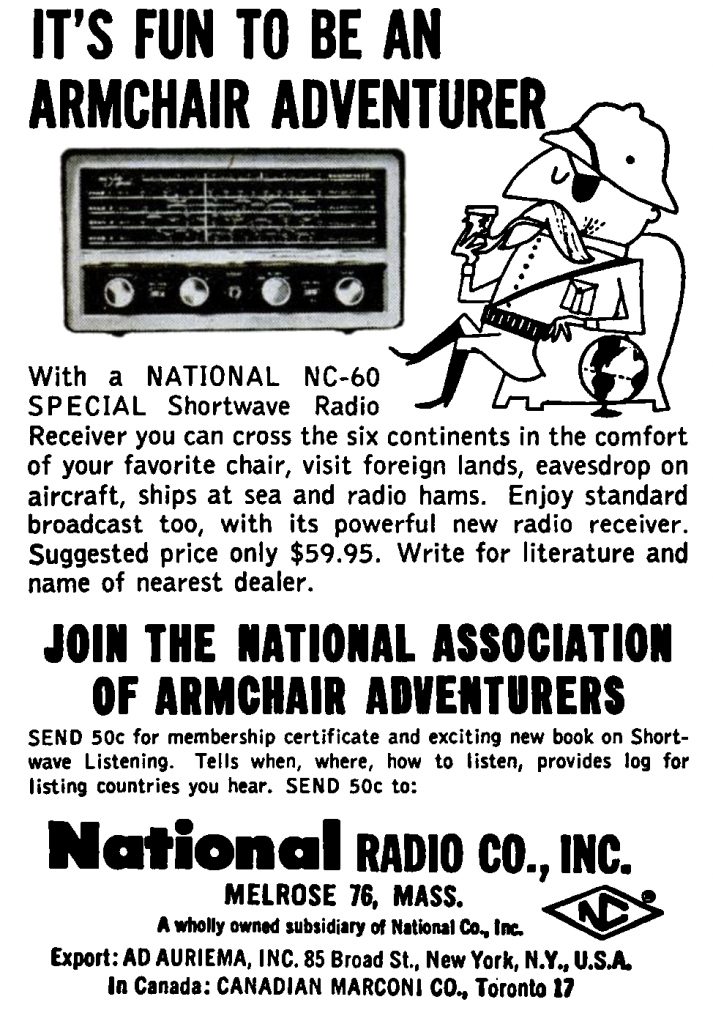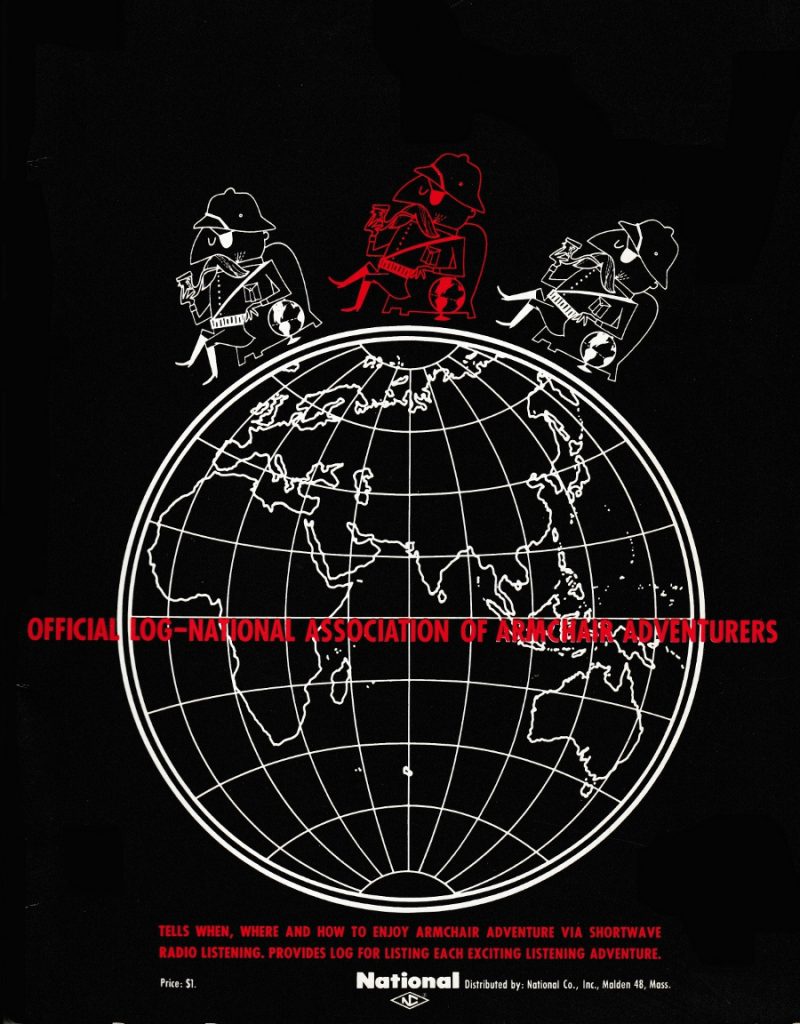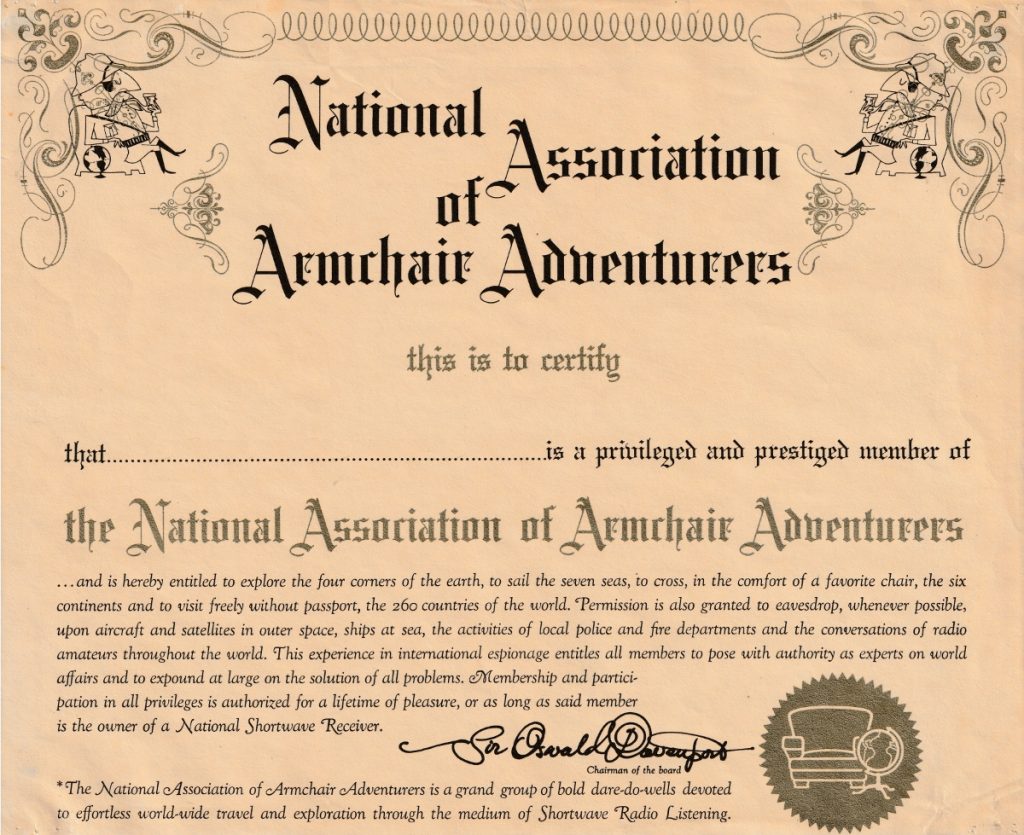Many thanks to SWLing Post contributor, Lou Lesko, who shares the following guest post:
Missing the Static
by Lou Lesko
Nineteen-ninety-one, my girlfriend Michelle and I were asked to house-sit her parent’s place in a remote part of Morgan Hill, south of San Jose, California. One had to drive for two miles on a dirt road through a running creek to get to the house deep in the woods. It was magical. The place ran on generators and a massive array of batteries.
We stayed in the master bedroom. Bob, Michelle’s step-father, had a shortwave radio on his bedside table. The radio was connected to a huge twenty foot high antenna stuck in the ground outside the bedroom window. Fumbling through the controls for the first time I found the BBC in London and a myriad of other broadcasts in different languages from cities all over the globe. It was mesmerizing.
Thanks to a book I found, Passport to World Band Radio, I learned that scanning to find broadcasts was called DXing. The book also listed frequencies and some of the known active times of stations around the world. It also explained the phenomena of shortwave: radio signals within a specific frequency range have properties that cause them to bounce between the ionosphere and the earth’s crust allowing efficient propagation around the globe. Conditions like weather, the electronic interferences of modern life, and solar flares all had an effect on the quality of the signal and how far it could travel.
The more I learned, the more I listened. Scrolling through the static to discover random broadcasts from radio Cuba or radio Moscow was blissful escapism that charged my imagination. At the time the BBC had 120 million weekly listeners. The largest audience of any broadcast medium in history.
It was a sad day when Michelle’s parents returned. Not only did Michelle and I have to go back to our tiny apartment—playing house was fun—I had to give up the shortwave radio.
A month later Michelle gave me a portable shortwave radio as a Christmas gift. It wasn’t nearly as powerful as the rig in Morgan Hill, but it worked fabulously well for receiving strong signals. I listened to it every night before falling asleep.
Three years later, during an annual trip to Yosemite, I wondered what the reception would be like if I were to take the portable radio up a few thousand feet way out of the range of street lights, televisions, toasters—all things electronic that impede reception of anything except the strongest signals.
I embarked on a solo hike up 12,000 feet to the top of Mammoth Peak in Tuolumne Meadows. Optimal listening time was just after sunset and into the night California time. Alone, wrapped in a subzero sleeping bag, a bitting breeze blowing, bathed the etherial pale glow of moonlight reflecting off the white granite, I turned on my radio. It was overwhelming. Every tiny turn of the dial yielded something new I had never heard before. I tuned in to almost every part of the globe.
Shortwave has faded. Its gradual decline started at the end of the cold war, Western governments no longer saw the need to shoulder the large costs associated with transmitting on shortwave frequencies. The demise was further hastened in 2001 when then BBC World Service Director Mark Byford stopped the broadcasts to North America citing the emerging Internet and satellite radio as the future for reaching audiences. He was of course correct.
Radio Garden, a web site that delivers a graphical version of what shortwave used to do, offers an animated picture of the globe dotted with internet radio broadcasters. Click on a dot, listen to a radio station in another part of the world in crystal clarity. Radio Garden is exceedingly clever and a wonder of modern technology. As are podcasts, streaming television, Facetime calls. All of it extraordinary and life altering. And yet, every once in awhile, I miss that unique thrill I used to get when I discovered a voice broadcasting from a far away place I’ve never been. Every once in awhile, I miss the static.
Lou Lesko is a writer, and a former editor-at-large for National Geographic.
Click here to visit Lou’s website.
Lou, thank you for sharing the static!

